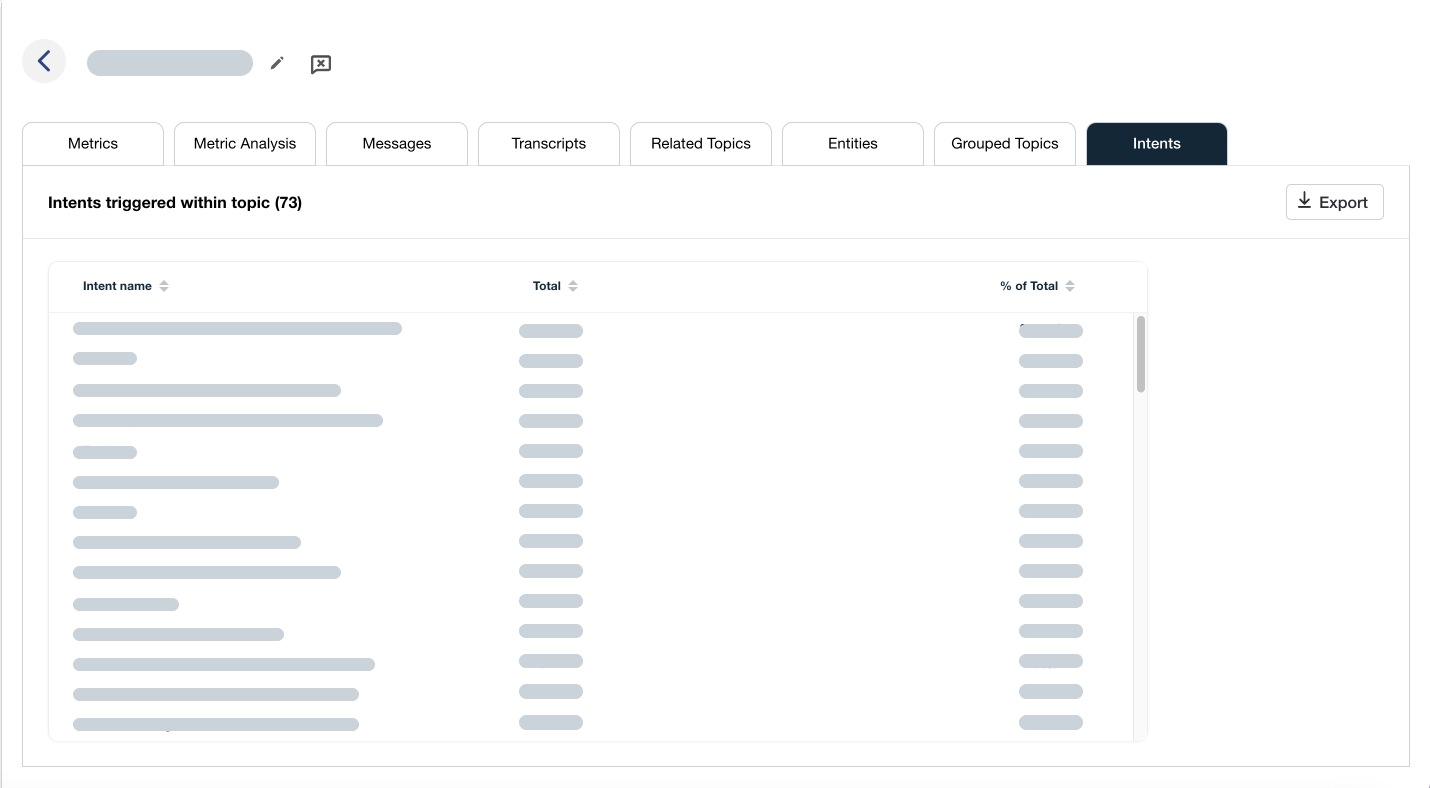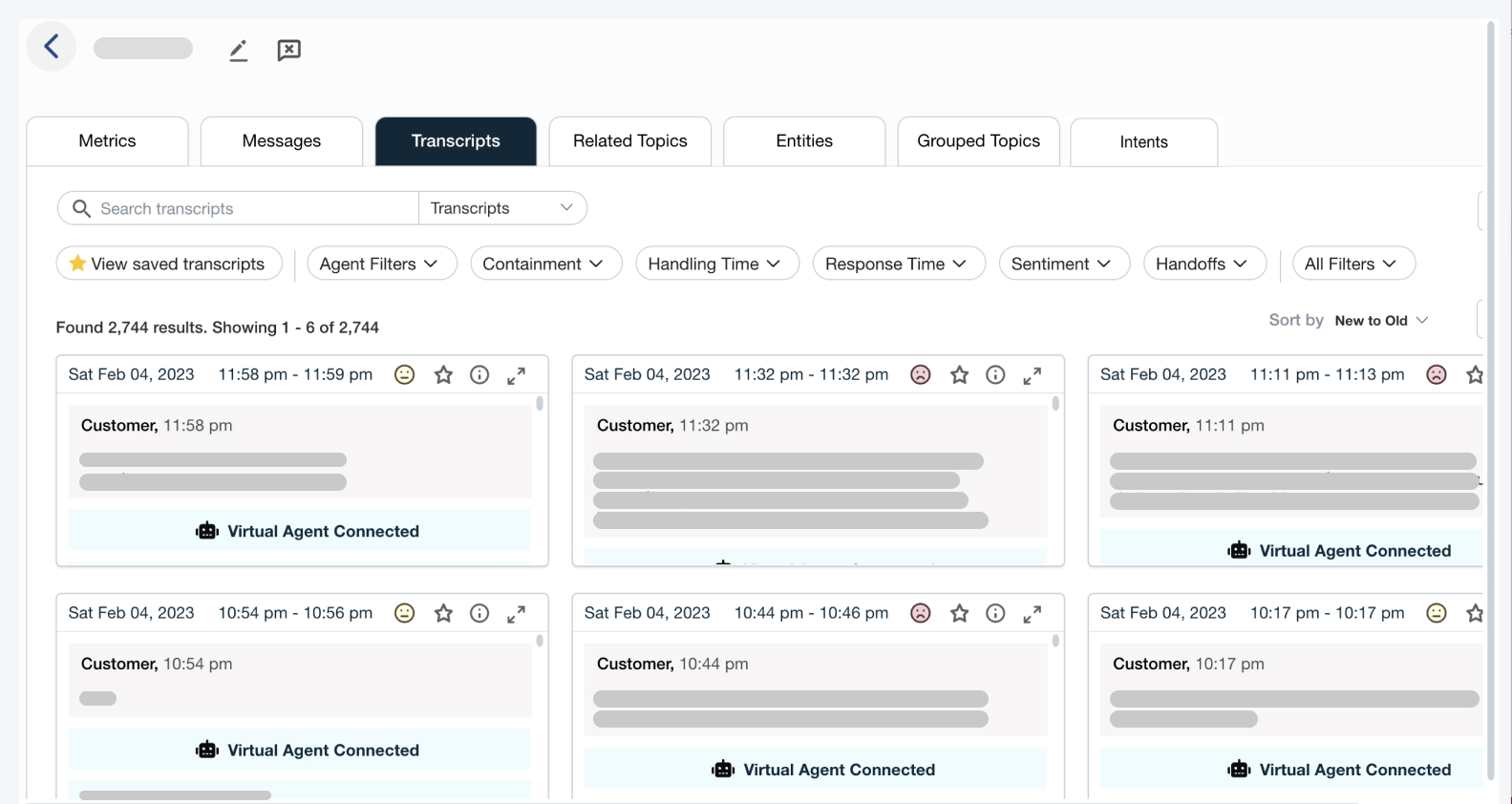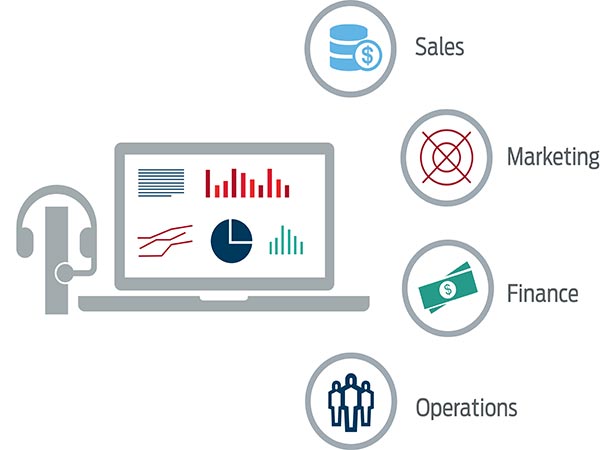5 Ways to Set Up Your Company for Speech AnalyticsSuccess

Speech analytics is a huge opportunity for brands. If you aren’t at least considering speech analytics for your contact center, you risk missing out on valuable information that can improve the entire customer experience. While many companies know that speech analytics is something they should do, the question we hear most often is: where do I start?
Recently, I co-hosted a webinar with Donna Fluss, President of DMG Consulting, titled “Speech Analytics: Best Practices and Pitfalls to Avoid.” The premise was to help brands—just like yours—answer that very question and start out on the path to success. When implementing speech analytics, the pressure is on to quickly realize return on investment.
Launching a #cctr #analytics program? Here are 5 tips to make it successful Click To TweetHere are our top five tips for implementing an effective speech analytics program.
-
Have a plan
Any successful implementation starts with a solid plan. Sure, you can (and should) make adjustments and changes along the way, but you need to know what you want to accomplish from the very beginning. It’s important to create your plan with desired business outcomes in mind. This will help you to set and manage expectations—and to avoid the pitfall of unrealistically high hopes. To help lay a solid foundation and determine initial goals, many vendors offer support services that act like a project compass. For example, our Innovation Center provides training and educational materials as well as accessibility to our consulting experts, so our customers can feel confident in navigating their investment.
-
Treat the project as an enterprise function
When you’re kicking off a speech analytics program, it’s important to treat it as an enterprise function and cultivate buy-in from across the company. You’ll need cross functional and executive support, and socializing the benefits of speech analytics is key to creating project advocates from all departments. The most well-run projects have change management programs that consist of a few people outside of the contact center, and you’ll need those advocates to help oversee the implementation. With the help of sales, marketing, IT, and operations, each department will be able to add insight and depth to the plan. They can also help create relevant searches in order to understand customer sentiment and make future adjustments.
-
Set yourself up for a few quick wins
When you implement any new technology, stakeholders scrutinize your project from day one. That’s why it’s important to score a few quick wins. The best way to do this is to define your highest priorities and determine which of those you’d like to tackle first. Do you want to know why your agents are putting your customers on hold? What about customer sentiment surrounding a certain ad campaign? Once you understand what’s happening in your contact center around your selected topic, you can evaluate training, systems, and processes in order to fix the underlying issue. When your stakeholders see that first win, your credibility will increase.
-
Share the results
Sure, speech analytics can help you improve agent performance, but it isn’t just for the contact center. The conversations agents have with customers provide insights that are relevant to product, sales, marketing, and nearly every other department within the organization. What if multiple customers have called in and asked for a specific product feature or to complain about an advertisement? This information is imperative to the success of any company, so why would you keep it in a silo? The beauty of speech analytics is that you hear what your customers want directly from them. By sharing this with the rest of the organization, every department will be able to get to the root cause of issues and make adjustments to enhance the customer experience.
-
Apply Your Findings
Ensuring a successful speech analytics program centers around one thing: application. It’s not enough to simply share results; you must develop a plan to make appropriate changes in order to give your customers what they want. This may involve implementing new coaching and training within the contact center, or adjusting product roadmaps to fix a defect or add a feature that customers are requesting. Insights are nothing without application, and if brands really want to improve the customer experience, this is where the rubber hits the road.
Want to learn more about how speech analytics can benefit your organization? Watch the full webinar.









